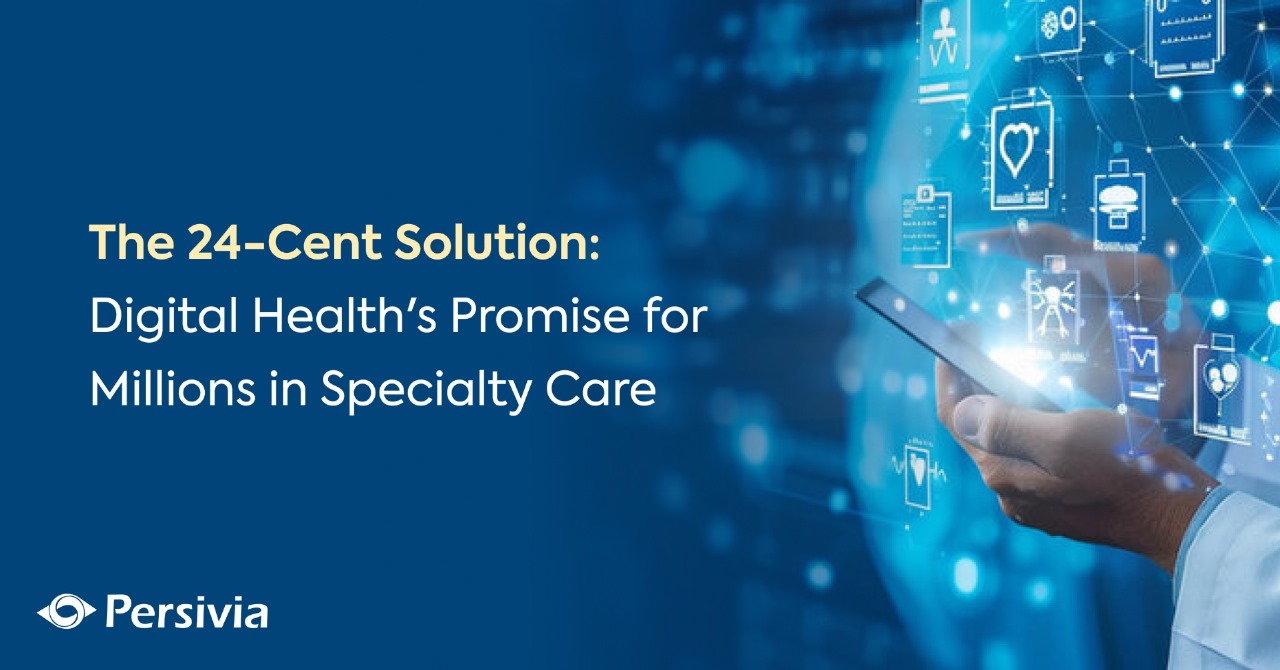These staggering figures represent the current and projected impact of noncommunicable diseases (NCDs) worldwide. Yet, a joint report from the World Health Organization (WHO) and the International Telecommunication Union (ITU) offers a ray of hope for digital health solutions – investing just 24 cents per patient per year in digital health interventions could save over two million lives from NCDs in the next decade.

This modest investment could also prevent approximately seven million acute events and hospitalizations, significantly reducing the strain on healthcare systems globally. But how can such a small amount yield such exceptional results?
The answer lies in the power of digital health technologies. In an era where over 60% of countries have already developed digital health strategies, tools like telemedicine, mobile messaging, and chatbots are head-turners in healthcare delivery and disease management.
As we face the rising tide of NCDs, which include cardiovascular diseases, cancer, diabetes, and chronic respiratory diseases, digital health solutions are a ray of hope.
But what exactly are these digital health interventions? How can they address the complex challenges posed by NCDs, particularly in specialty care? And what obstacles must we overcome to implement these solutions on a global scale? Let’s discover the potential of digital health for specialty care.
The Impact of a Small Investment
The report reveals a striking statistic: investing 24 cents per patient per year in digital health interventions could save more than two million lives from NCDs over the next decade. These interventions could also avert approximately seven million acute events and hospitalizations.
Understanding NCDs and Their Risk Factors
Noncommunicable diseases, such as cardiovascular diseases, cancer, diabetes, and chronic respiratory diseases, account for over 74% of global deaths annually. Many of these deaths are preventable. Four major risk factors contribute significantly to NCDs:
- Tobacco use
- Unhealthy diet
- Harmful use of alcohol
- Physical inactivity
These factors can lead to increased blood pressure, obesity, raised blood glucose, and raised cholesterol levels. Digital tools offer a unique opportunity to help individuals understand and modify these risk factors, encouraging the development of healthier habits.
Digital Health Solution for NCD Management
People living with NCDs require regular monitoring and continuous management, often needing long-term and specialized care. Digital health tools can play a crucial role in improving access to healthcare and enhancing the quality of care:
• Telemedicine: Helps overcome barriers to accessing healthcare, especially in remote or underserved areas, connecting patients with specialists.
• Mobile messaging and chatbots: Provide personalized health information and encourage healthier lifestyle choices.
• Real-time data tools: Assist healthcare professionals, including specialists, in making informed decisions about patient care.
Challenges in Implementation
Despite the potential benefits, integrating digital health technologies into mainstream health systems remains challenging. While over 60% of countries have developed a digital health strategy, incorporating new technologies into existing health infrastructure is often necessary.
Persivia CareSpace®: A Comprehensive Digital Health Platform
As we explore digital health solutions, it’s worth highlighting CareSpace® platform, which exemplifies the potential of digital health for specialty care and in addressing the challenges of NCD management.
Persivia CareSpace® is an AI-driven digital health platform designed to revolutionize population health management and care coordination. With over two decades of experience, it offers a modular and composable architecture that enables healthcare organizations to become more innovative and agile. The platform’s key features include seamless data integration from various sources, AI-driven insights for risk stratification and care planning, a modular and scalable architecture, and actionable insights delivered at the point of care. CareSpace® has built a comprehensive data fabric enriched with clinical knowledge assets, a specialty care program offering personalized treatment pathways, and real-time alerts for discharge disposition. These capabilities allow healthcare organizations to effectively identify at-risk patients, coordinate care, and make data-driven decisions to improve patient outcomes and reduce the burden of NCDs on healthcare systems.
Conclusion
The journey towards better NCD management is ongoing, but with a robust platform like CareSpace®, we are better equipped to meet this challenge head-on. The shift towards data-driven, patient-centric healthcare not only promises better outcomes for individuals living with NCDs but also offers a sustainable approach to managing the growing burden on global health systems. As we embrace these digital health innovations, we move closer to a future where quality healthcare is not just a possibility, but a reality for millions worldwide.
Table of Contents
